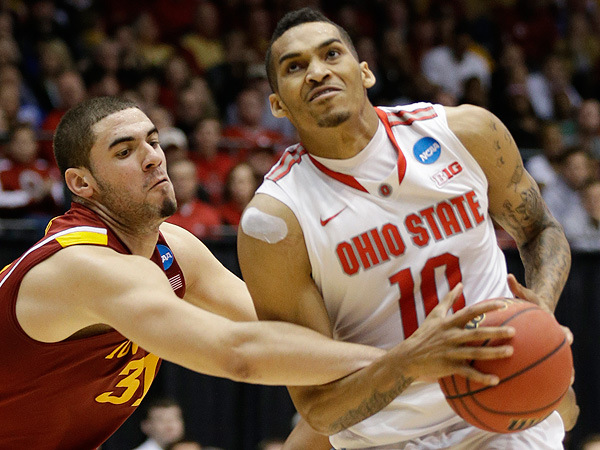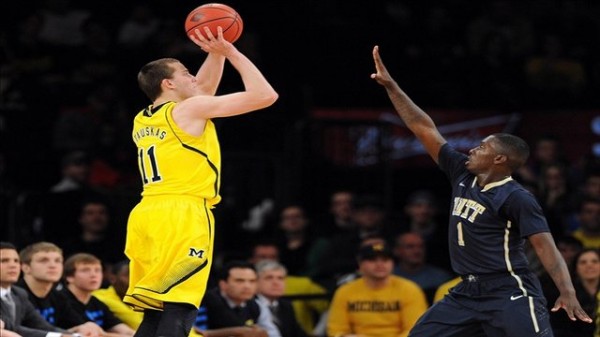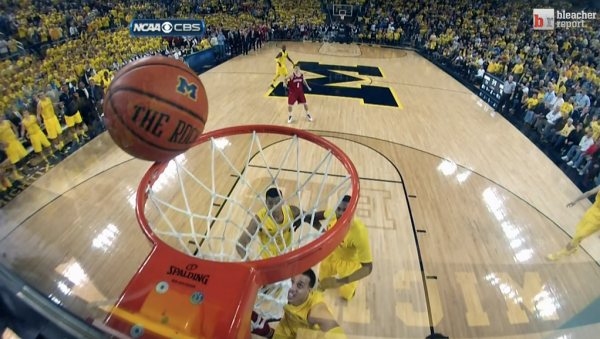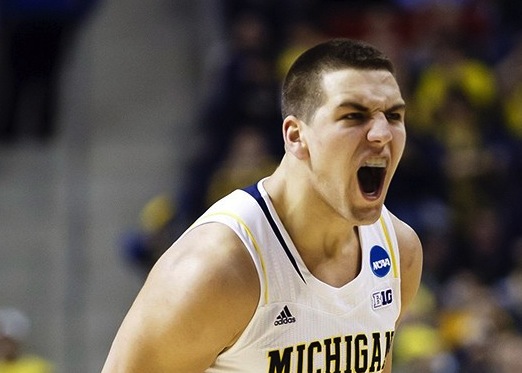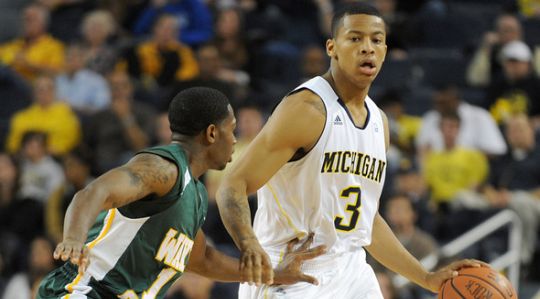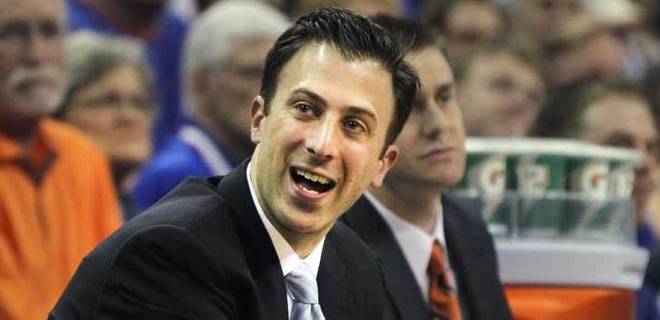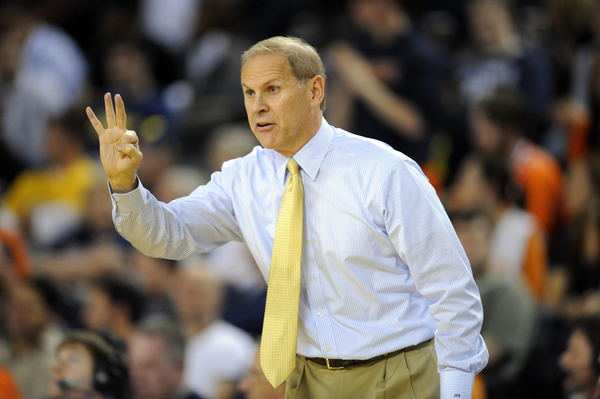Is Keith Appling Ready to Lead Michigan State to a Final Four?
Posted by Deepak Jayanti on October 22nd, 2013Deepak is a columnist for the RTC Big Ten microsite. Follow him on Twitter for more about B1G hoops at @dee_b1g.
With less than three weeks left until the start of the regular season, it is time to take a closer look at each of the Big Ten contenders. With three primary starters – Adreian Payne, Keith Appling, and Gary Harris – returning from last season, it wasn’t surprising to see Michigan State ranked in the top 10 of the Preseason Coaches Poll released last week, but the Spartans’ #2 ranking may have raised a few eyebrows. They don’t have the freshmen star power that several of the other top teams possess, but they have a lot of experience on their side – Payne and Appling are seniors who have led Tom Izzo’s team to two straight Sweet Sixteen appearances. Still, they won’t take that next step toward a Final Four or beyond without addressing the issue of Appling’s consistency.
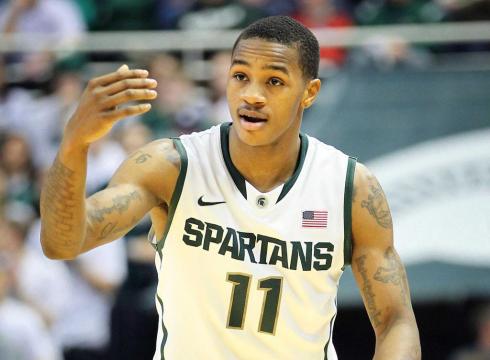
Keith Appling’s consistency at the point guard position will be the key to Michigan State’s Final Four hopes.
Appling came to East Lansing as a combo guard but he wasn’t asked to play a traditional point guard role because Kalin Lucas already had that position covered. After Lucas’ departure, he was forced to not only learn the point guard position on the fly but also to lead Izzo’s backcourt. Breaking down defenders in one-on-one situations is not Appling’s problem — check out his game-winning layup against Kansas last season if you need further evidence of that. But he still struggles with shot selection, showing that he still hasn’t figured out his sweet spots as the point guard. Last season he would try to beat his defender at the top of the key way too often, thereby abandoning the team’s offensive game plan for multiple possessions per game. The dip in his three-point shooting over the past two seasons (from 41 percent as a freshman to 25 percent and 32 percent, respectively) indicates that he still pulls up too often from the perimeter when his defender cuts off the drive. Back when Lucas was setting up most of his shot attempts during the 2010-11 season, he made his jumpers with great accuracy; without a set-up man to get him the ball in good spots, Appling has not proven that he yet knows the balance of when to look for his own shot or facilitate for others.





























